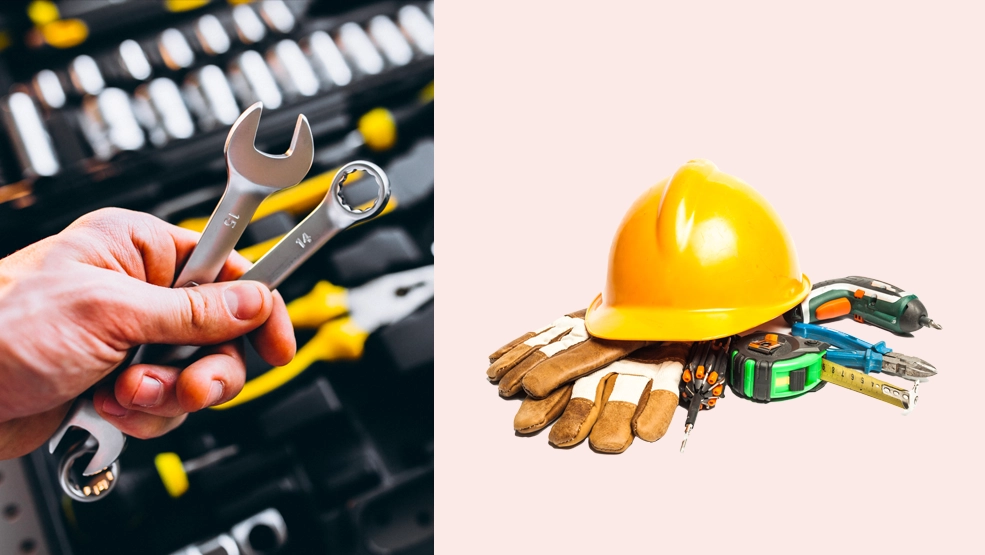Whether it’s in manufacturing, construction, or any temperature-sensitive process, regular maintenance and troubleshooting are always vital for the sake of safety and efficiency. These practices not only extend the life of equipment but also prevent costly downtimes. This article will provide a comprehensive overview of essential maintenance procedures and troubleshooting techniques to ensure optimal equipment performance.
Equipment Maintenance Basics
Regular maintenance is the foundation of keeping equipment in peak operating condition. It ensures that machinery runs efficiently, reducing the risk of unexpected breakdowns and extending the equipment’s lifespan.
Importance of Maintenance for Longevity
Preventive maintenance is key to equipment longevity. This includes routine checks, cleaning, and part replacements to mitigate wear and tear. Without it, minor issues can escalate into major failures, leading to unplanned downtimes that disrupt productivity and increase operational costs.
Components That Require Maintenance
While the specific components requiring maintenance vary depending on the machinery, some common parts often need attention, such as:
- Motors and gears for mechanical wear.
- Bearings that require regular lubrication.
- Sensors, particularly temperature-related sensors like thermocouples, for calibration and functionality checks.
Thermocouples and Temperature Control
Temperature control is critical in industries like manufacturing, chemical processing, and food production. Thermocouples, which are temperature sensors, play a vital role in ensuring accurate readings and consistent temperature control, making their maintenance essential. For accurate temperature readings, thermocouples need to be calibrated regularly. Calibration ensures that the device reads temperatures within a specific tolerance. Over time, thermocouples can drift, leading to incorrect temperature readings, so regular recalibration is essential.
Troubleshooting Temperature-Related Issues
If a thermocouple malfunctions, it can lead to temperature instability, overheating, or underheating. Troubleshooting typically involves:
- Verifying the thermocouple’s calibration.
- Checking the integrity of the wiring and connections.
- Ensuring that there’s no corrosion or damage to the sensor.
Maintenance Procedures
Effective equipment maintenance goes beyond just cleaning; it involves thorough inspections and preventive measures to avoid breakdowns.
Inspection and Cleaning of Critical Components
Routine inspections should focus on key areas prone to wear. For example, thermocouples should be inspected for corrosion or physical damage, which can compromise accuracy. Cleaning these components helps prevent build-up that may interfere with performance.
Lubrication and Replacement of Worn Parts
Mechanical parts like bearings and gears require lubrication to reduce friction and prevent wear. Regularly replacing worn-out components ensures that the equipment remains in peak condition, minimizing the chances of unexpected failures.
Calibration and Re-calibration of Sensors
Just as thermocouples require periodic calibration, other sensors also need recalibration to ensure precision in readings. Regular calibration schedules should be maintained to ensure all sensors, particularly those involved in temperature measurement, are functioning correctly.
Troubleshooting Techniques
When equipment fails, rapid troubleshooting is necessary to minimize downtime. Identifying and addressing the root cause of issues quickly can significantly improve equipment availability.
Identifying Common Malfunctions
Common equipment malfunctions include overheating, mechanical failure, and sensor malfunctions. Thermocouples, for instance, can give inaccurate readings due to poor connections or calibration drift.
Diagnostic Steps
A structured diagnostic approach can help pinpoint issues efficiently:
- Begin with a visual inspection of the equipment.
- Use diagnostic tools to assess sensor output, such as thermocouples.
- Test individual components to rule out specific failures.
- Apply thermal imaging or electrical diagnostics for temperature-related issues.
Effective Troubleshooting Strategies
Once the issue is identified, applying the right strategy is critical. For example, a faulty thermocouple might need recalibration or replacement. Regular testing of equipment components and sensors can preempt many problems before they lead to larger malfunctions.
Safety Precautions
Working with industrial equipment requires strict adherence to safety protocols. Maintenance and troubleshooting tasks can expose workers to hazards such as electrical shock, mechanical injury, and temperature-related burns. One overlooked precaution is to install switch protection on all switches to prevent accidental operation.
Safety Measures When Handling Equipment
Before working on any machinery, it’s important to disconnect power sources, allow hot surfaces to cool, and verify the safe condition of the equipment. When working with thermocouples, avoid direct contact with heated parts.
Potential Hazards and Safety Guidelines
Improper handling of equipment can lead to injury or damage. Always follow manufacturer safety guidelines, especially for complex systems involving heat or electrical components. For instance, equipment like thermocouples should be handled with care to prevent sensor damage or inaccurate readings.
Personal Protective Equipment (PPE)
Using proper personal protective equipment (PPE) is essential during any maintenance or troubleshooting process. Depending on the equipment, this can include gloves, safety goggles, and insulated tools. In temperature-sensitive environments, thermal-resistant PPE may also be necessary to prevent burns.
Keep an eye for more latest news & updates on Times Analysis!



